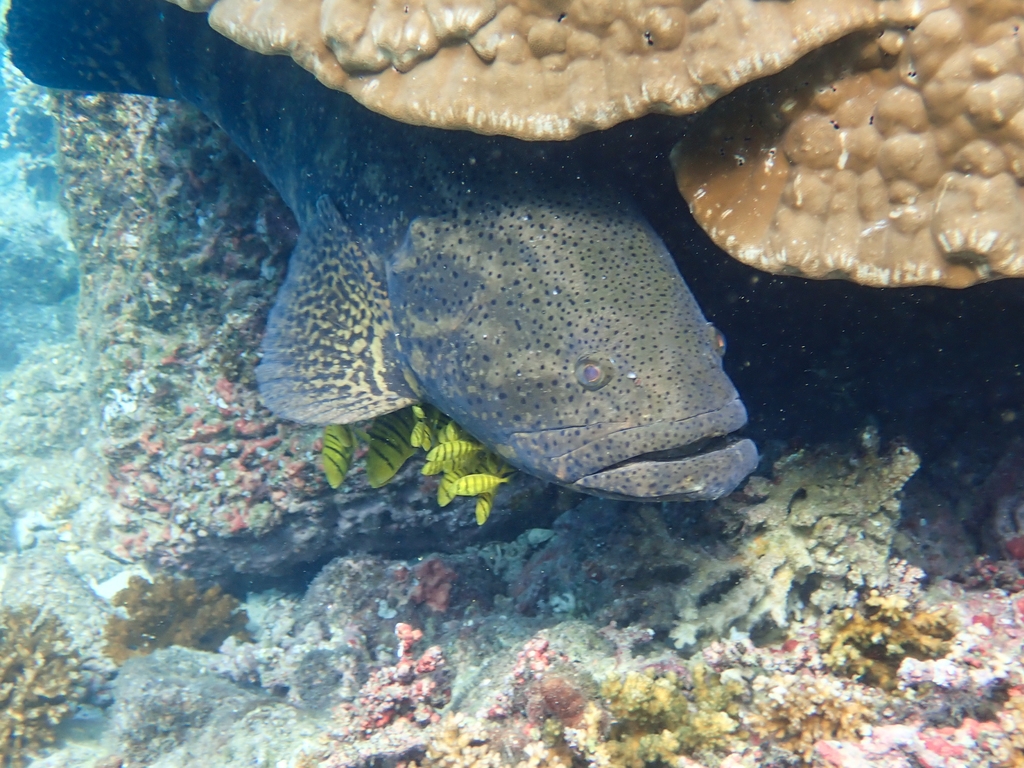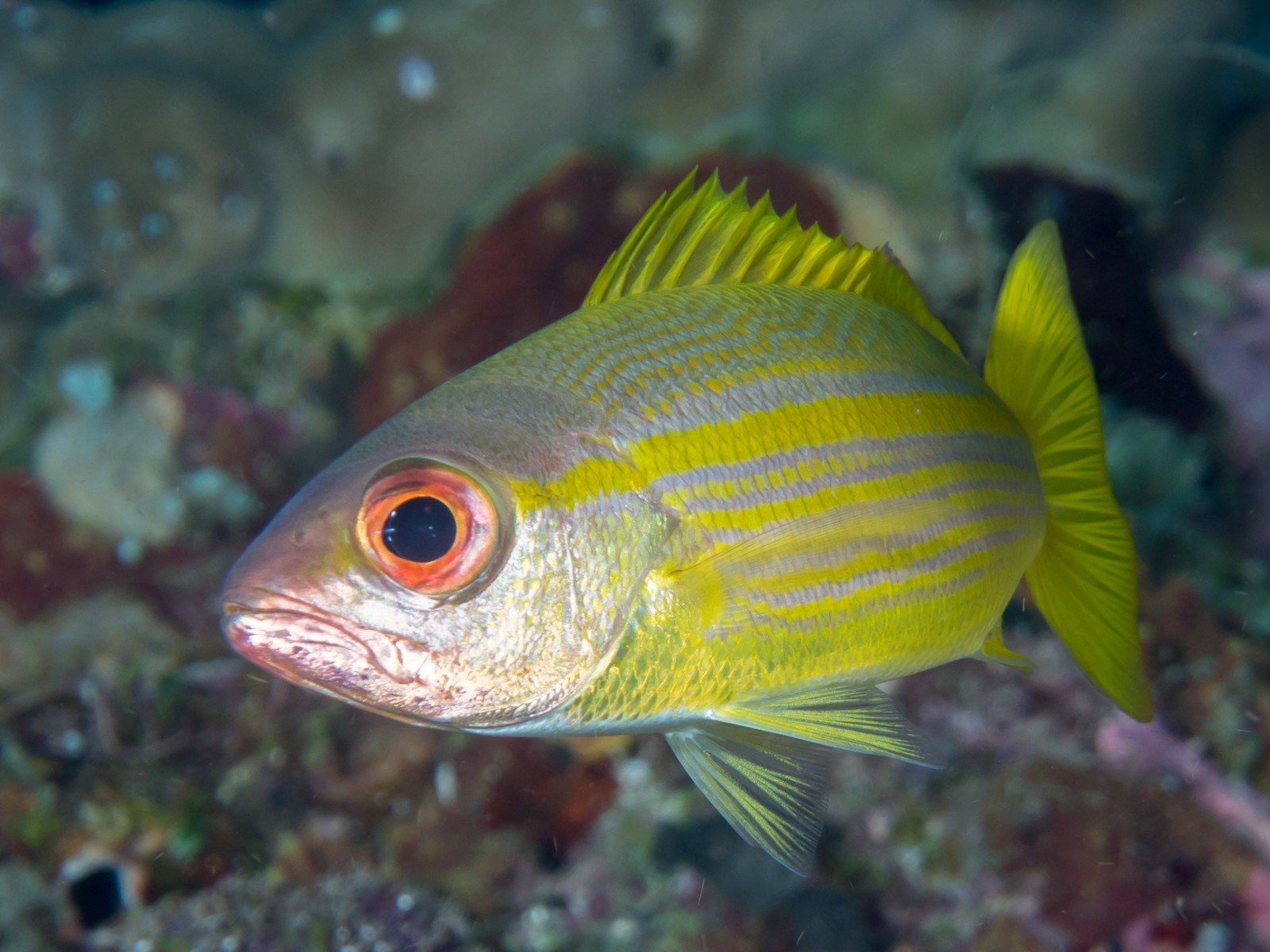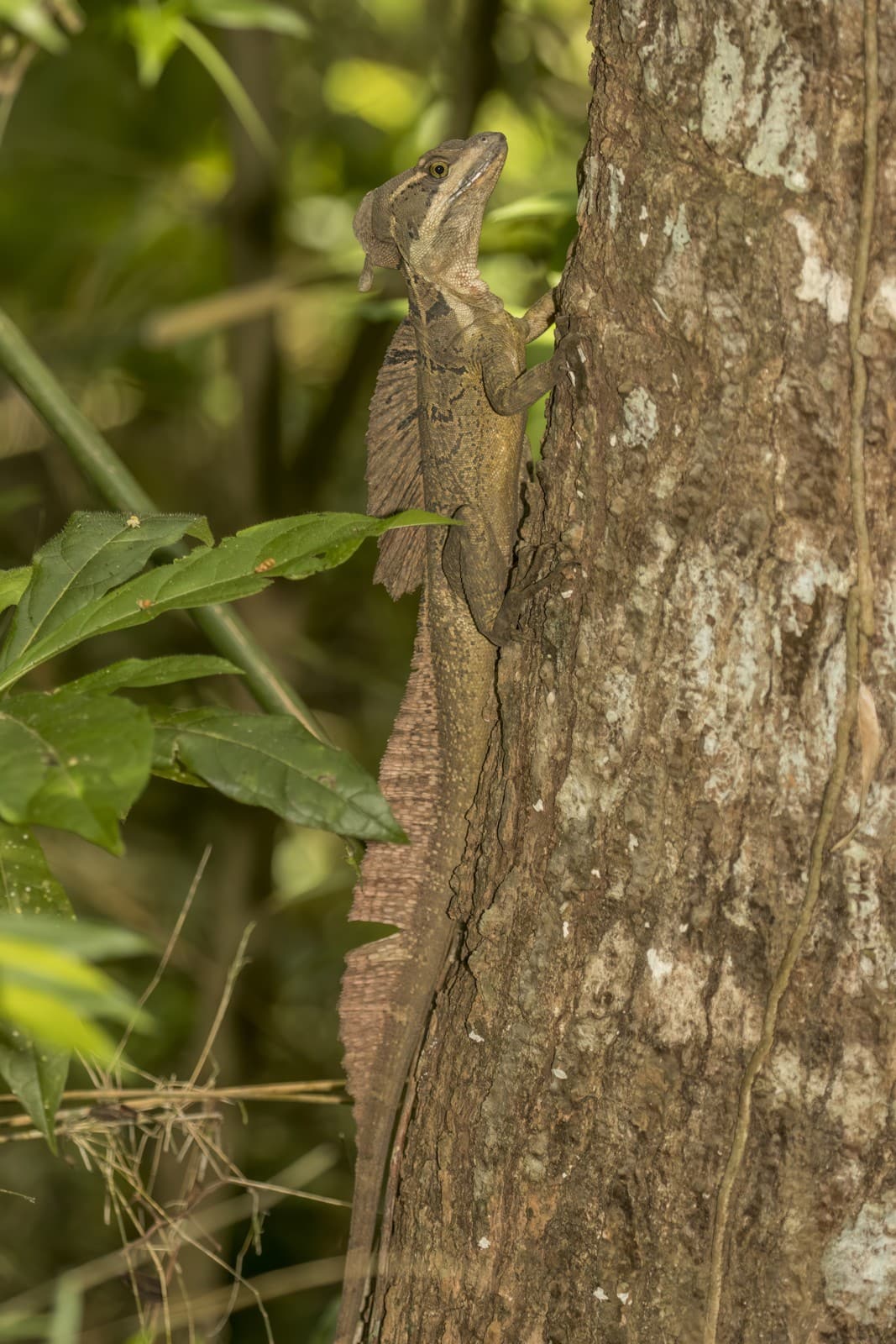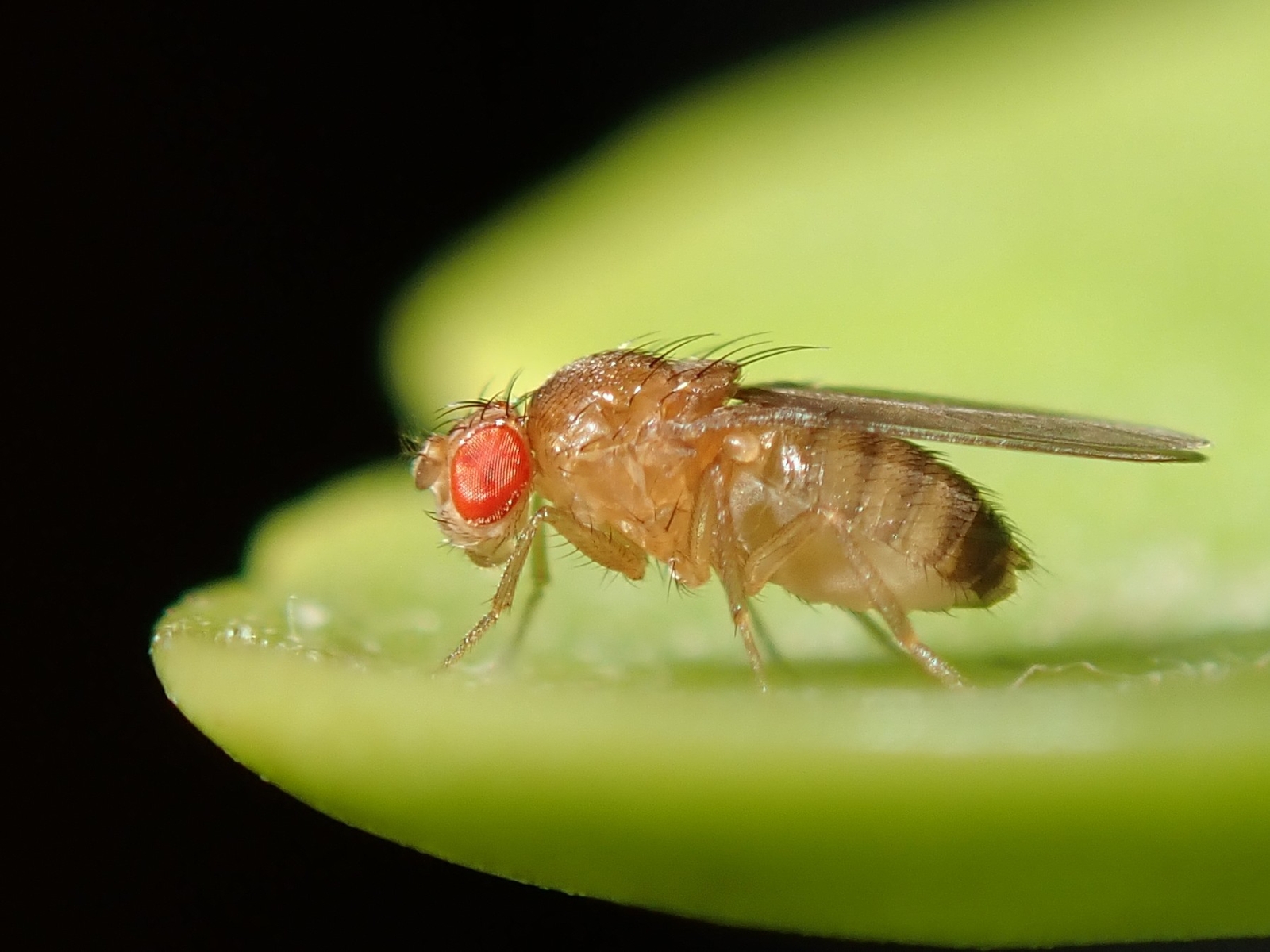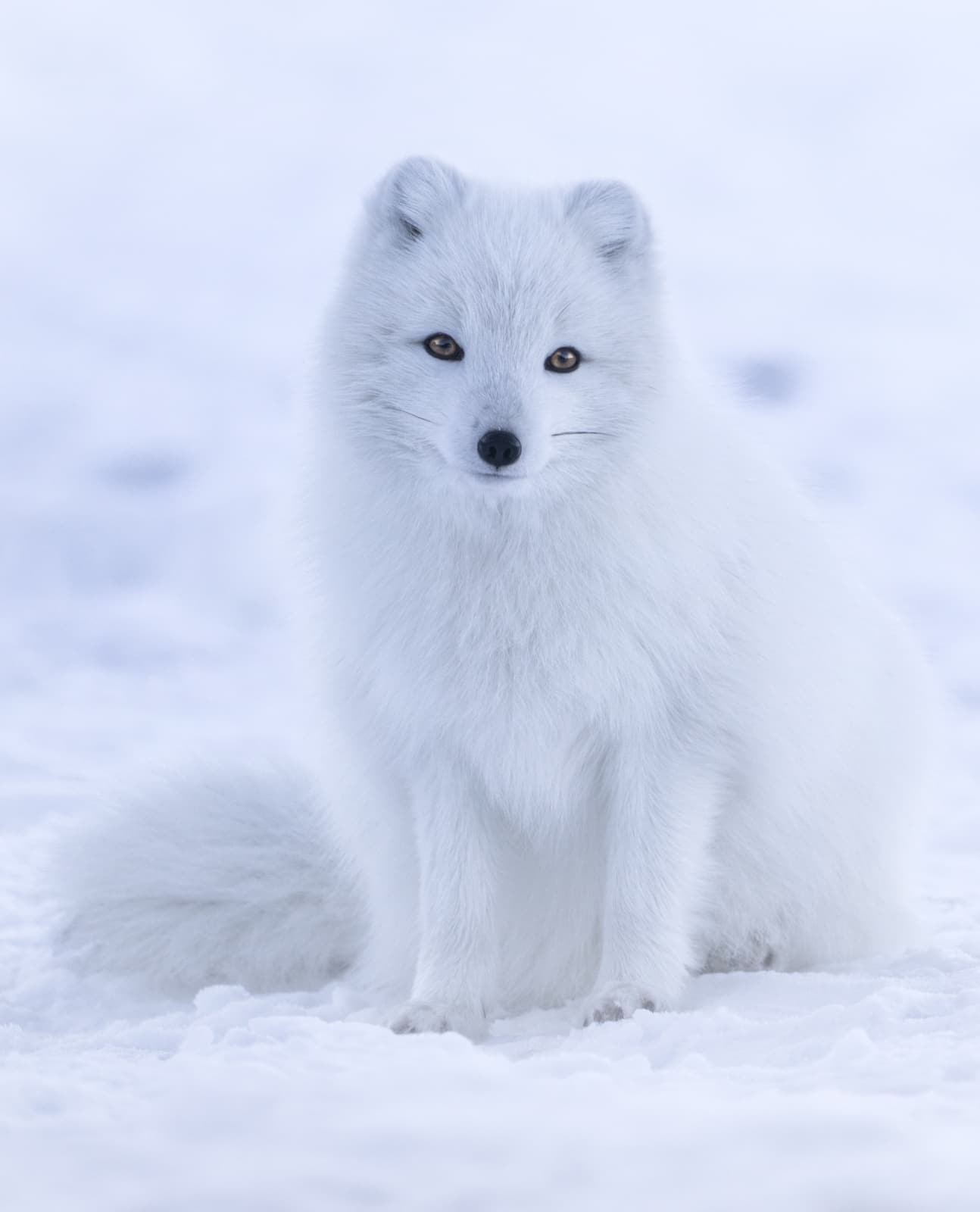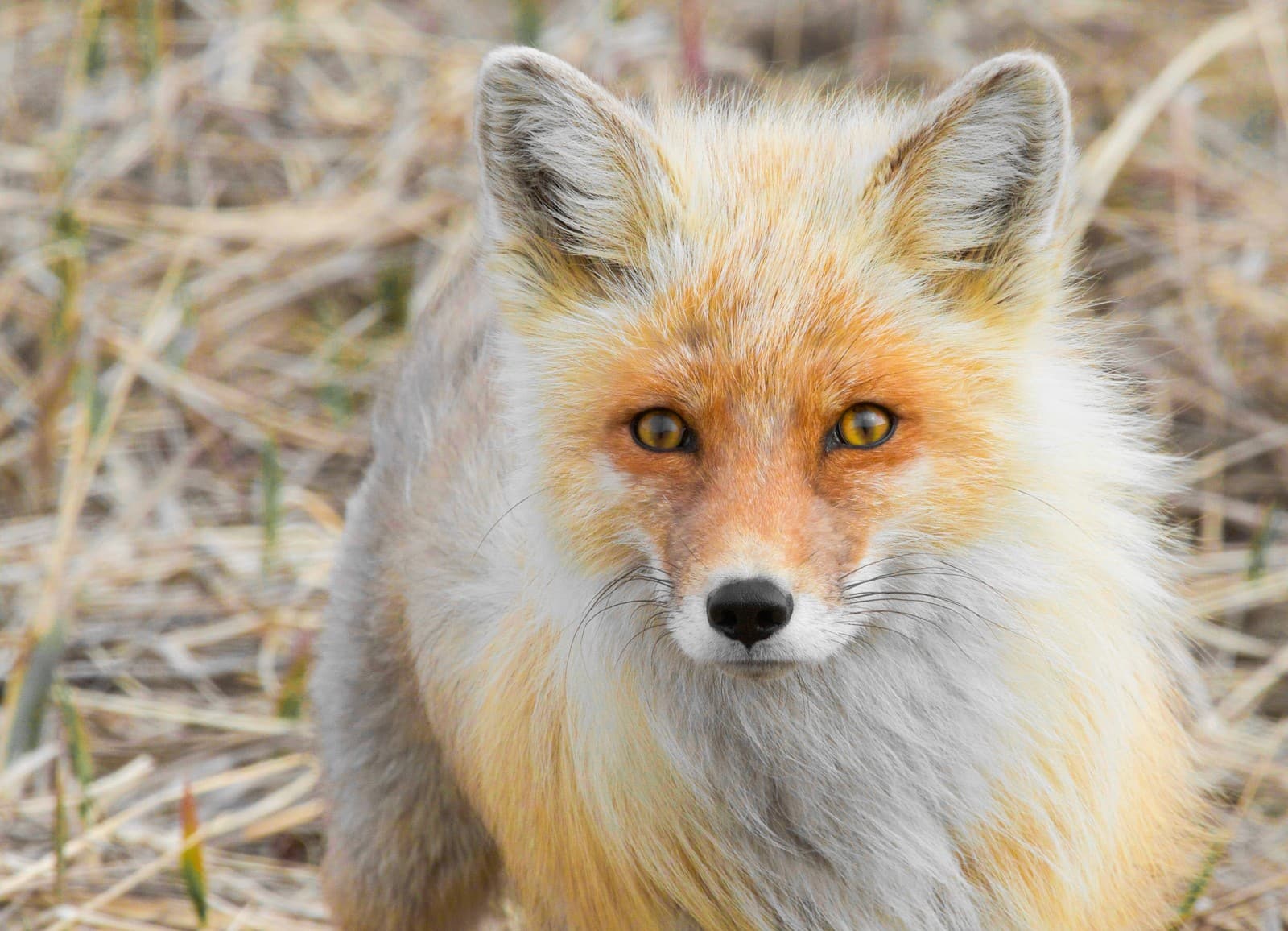Flying Fox vs Microbat: A Complete Comparison
When comparing Flying Fox vs Microbat species, we encounter two remarkably different approaches to bat evolution. Flying Foxes, with wingspans reaching up to 5.9 feet (1.8 meters), dwarf their tiny Microbat cousins, which typically span just 6-12 inches (15-30 cm). This dramatic size difference reflects their divergent evolutionary paths and ecological roles.
These two groups, while both belonging to the order Chiroptera, showcase nature’s incredible adaptability. Flying Foxes (Pteropodidae) rely primarily on excellent eyesight and smell to navigate and find food, while Microbats (Microchiroptera) have evolved sophisticated echolocation systems for hunting and navigation in complete darkness.
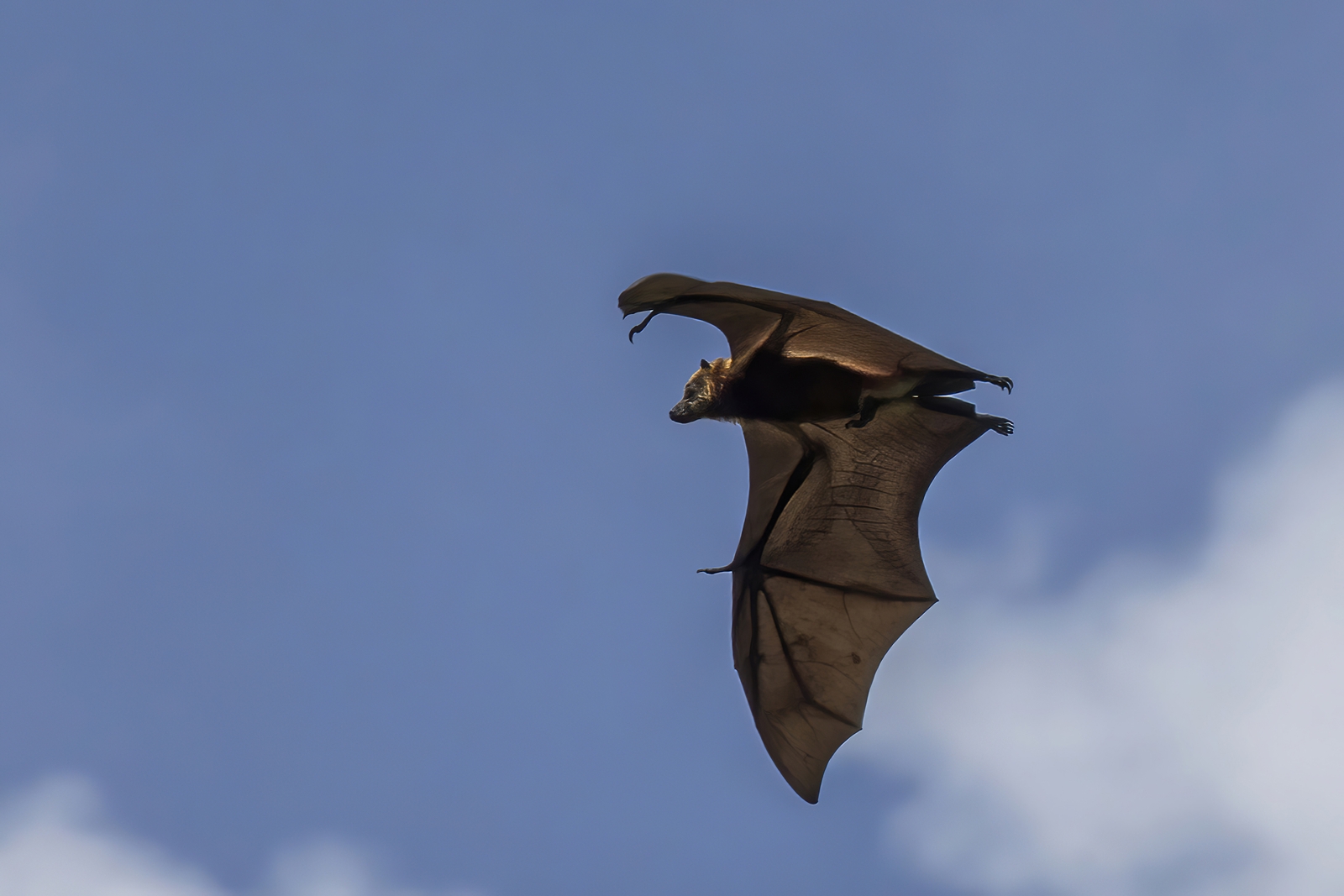
© Charles J. Sharp / CC BY-SA 4.0
A Flying Fox demonstrates its impressive wingspan while soaring, showcasing the characteristic features that make these megabats supreme aerial navigators.
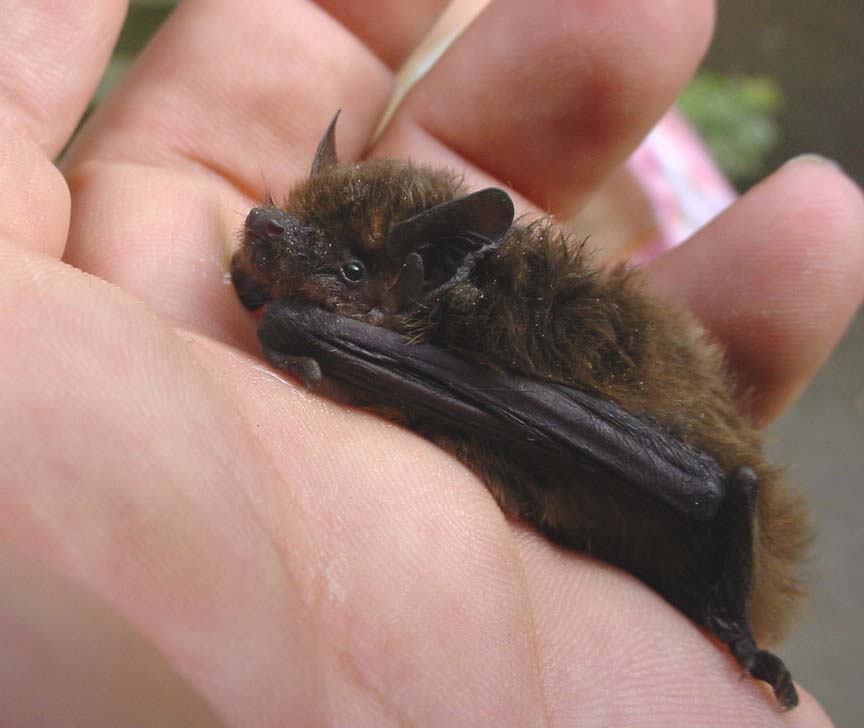
© Manuel Werner, Nürtingen (Arbeitsgemeinschaft Fledermausschutz Baden-Württemberg) / CC BY-SA 2.0 de
A Microbat’s small size becomes apparent when held, illustrating the dramatic scale difference between these two bat groups.
Key Differences: Flying Fox vs Microbat
| Feature | Flying Fox | Microbat |
|---|---|---|
| Size | Wingspan: 3-6 ft (0.9-1.8m) | Wingspan: 6-12 inches (15-30cm) |
| Navigation | Vision and smell | Echolocation |
| Diet | Fruit, nectar, flowers | Insects, small prey |
| Activity Period | Dusk and dawn | Strictly nocturnal |
| Social Behavior | Large colonies up to 100,000 | Small groups or solitary |
| Distribution | Tropical regions | Worldwide |
Size and Physical Characteristics
Flying Foxes earn their name from their fox-like faces and impressive size. The largest species, the Golden-crowned Flying Fox, can weigh up to 3.3 pounds (1.5 kg) - more than 100 times heavier than the smallest Microbats, which may weigh just 0.07 ounces (2 grams).
Microbats compensate for their smaller size with sophisticated facial features adapted for echolocation, including specialized nose leaves and large, complex ears that can detect the faintest echoes of their ultrasonic calls.
Hunting and Feeding Strategies
The dietary differences between Flying Foxes and Microbats highlight their distinct evolutionary paths:
Flying Fox Feeding Habits
- Rely on excellent color vision
- Feed primarily on fruit, nectar, and pollen
- Play crucial role in seed dispersal
- Can travel up to 30 miles (48 km) per night foraging
Microbat Hunting Techniques
- Use sophisticated echolocation
- Catch insects mid-flight
- Some species can consume 1,000+ mosquitoes per hour
- Hunt using precise acoustic targeting
Habitat and Distribution
Flying Foxes primarily inhabit tropical and subtropical regions across Asia, Australia, and Africa, forming massive colonies in forest canopies. These colonies can number up to 100,000 individuals, creating spectacular displays during evening departures.
Microbats, meanwhile, have adapted to diverse environments worldwide, from desert caves to urban settings. Their small size and echolocation abilities allow them to exploit narrow crevices and caves inaccessible to larger bats.
Conservation Status
Both groups face significant challenges:
- Flying Foxes are particularly vulnerable to habitat loss and hunting
- Many species are classified as endangered
- Microbats face threats from pesticides and white-nose syndrome
- Both groups are affected by human disturbance of roost sites
Ecological Impact
Despite their differences, both Flying Foxes and Microbats play vital ecological roles:
Flying Foxes:
- Primary pollinators for many tropical plants
- Essential seed dispersers
- Maintain forest diversity
Microbats:
- Natural pest control
- Reduce disease vector insects
- Support cave ecosystems
Through millions of years of evolution, Flying Foxes and Microbats have developed distinct strategies for survival, demonstrating the remarkable diversity within the order Chiroptera. While Flying Foxes dominate the daylight edges with their impressive size and fruit-eating lifestyle, Microbats rule the night with their sophisticated echolocation and insect-hunting prowess.
